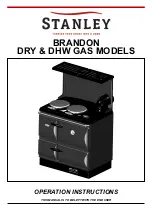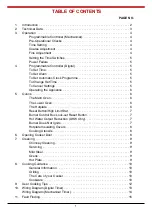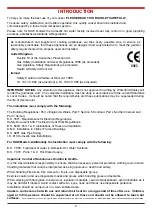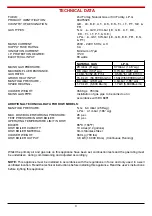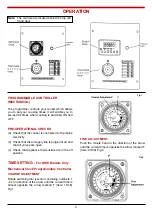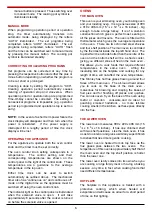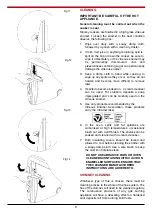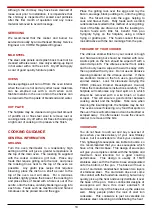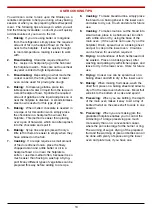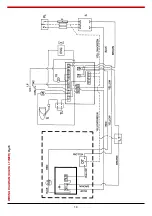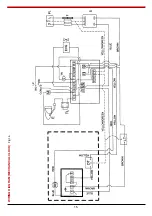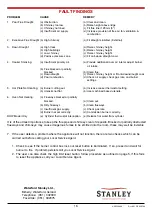
11
evenly, and serving from the oven to table. They are
available in a range of colours and designs, some
with knobs and handles of a heat resistant material.
Good quality saucepans can be expensive to buy,
but the versatility they offer means that fewer items
need to be purchased. Oven proof earthenware will
also produce satisfactory results. Your traditional
cake tins, baking trays, loaf tins and any other
favourite ovenware you use, will be suitable. There
is bakeware on the market of Continental design
which has a steel base, ideal for quickly absorbing
the heat. It is covered with a magnum (enamel like)
coating, which is safe to cook on, non stick effect
and easy to clean. A roasting tin, containing the
grilling rack is provided. You can use a pressure
cooker on the hotplate but however, do check that
the base of the pressure cooker makes good
contact with the hotplate.
All timings in the cooking chart are guidelines only,
as there are no set rules for roasting meat - each cut
lends itself to several different ways of preparation
and cooking and each family will have a preference.
When meat is roasted quickly the juices are sealed
in, preserving the full flavour, but there will
sometimes be shrinkage. Some people prefer to
slow roast at a lower temperature, a method that will
reduce shrinkage and give a more tender joint.
Whichever roasting method you choose, the joint
should first be weighed to calculate the cooking
time. Place the meat on the grilling rack in the
roasting tin, fat side uppermost. This will baste the
meat as it is cooking, but check the roast from time
to time and using a metal spoon, baste the meat
yourself.
If you are using a meat thermometer, do take care
when inserting it that it does not touch bone or
excess fat. This will give you a false internal
reading.
Stuffed joints of meat will need extra cooking time -
approximately 10 minutes more for every 500g
(1 lb).

